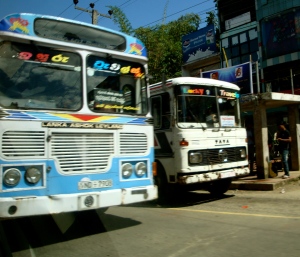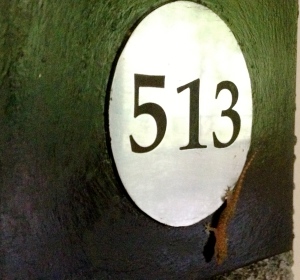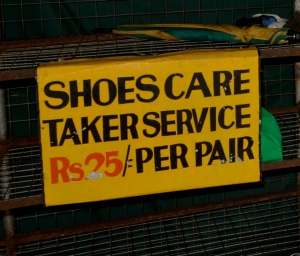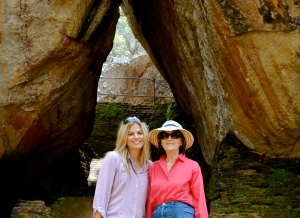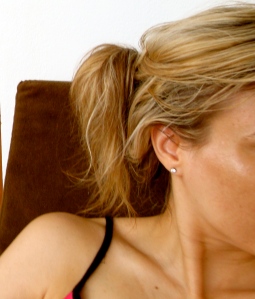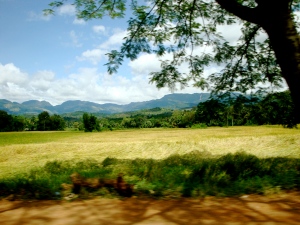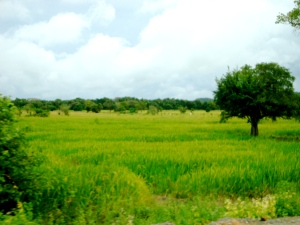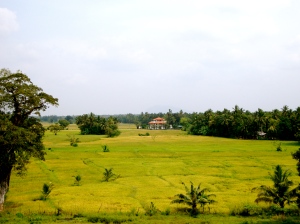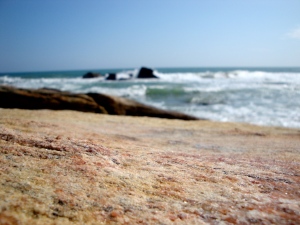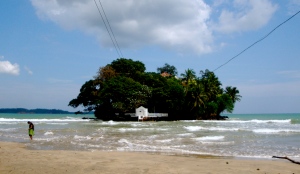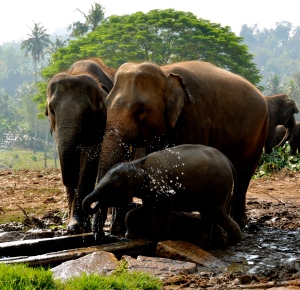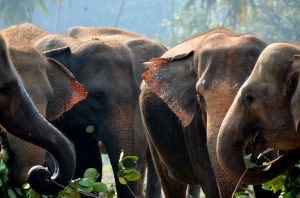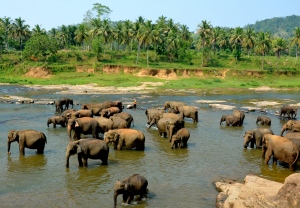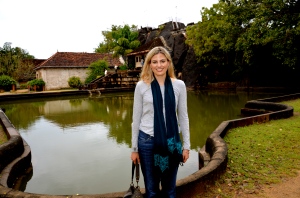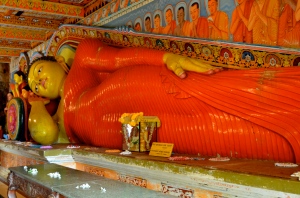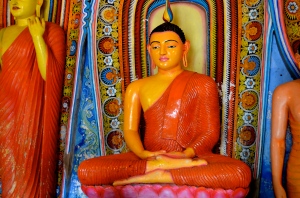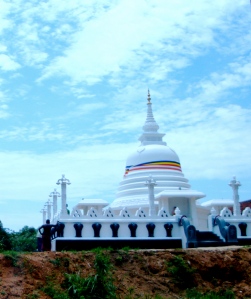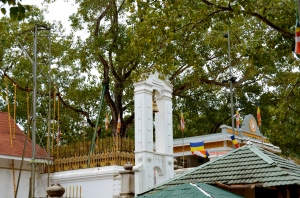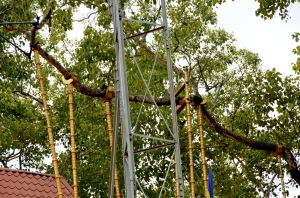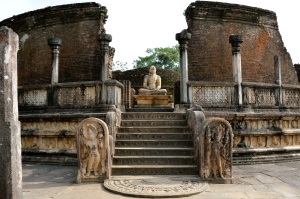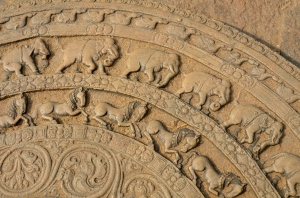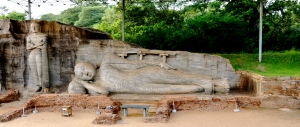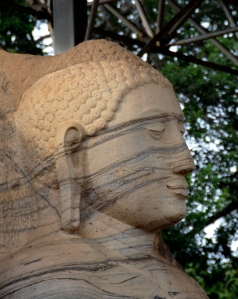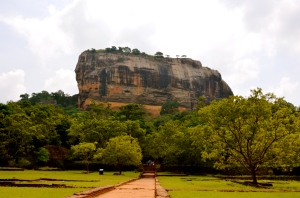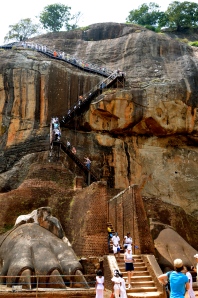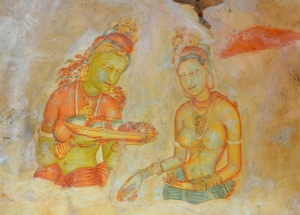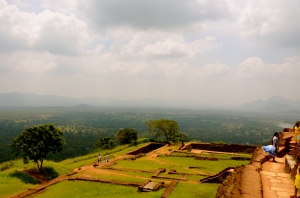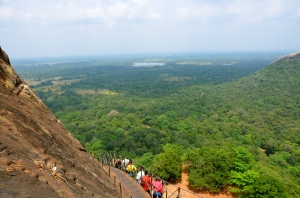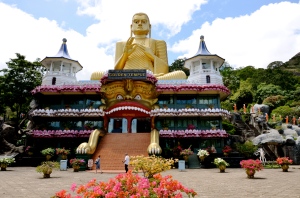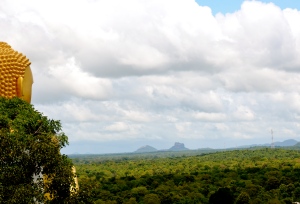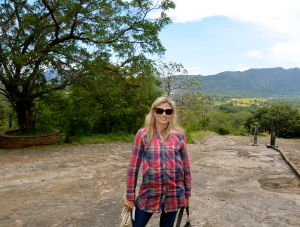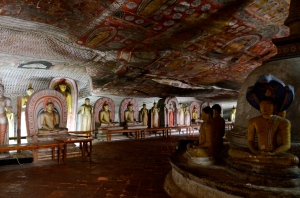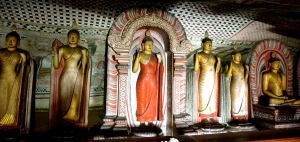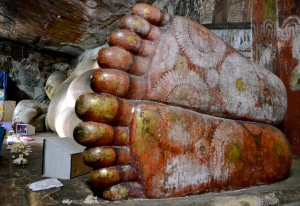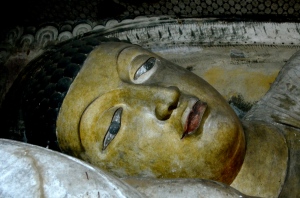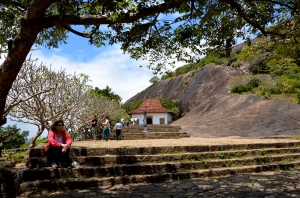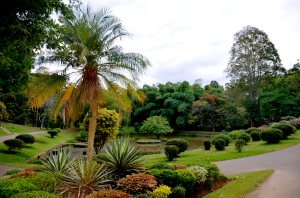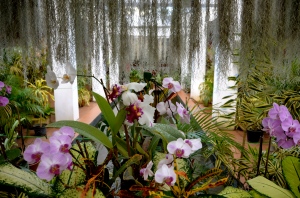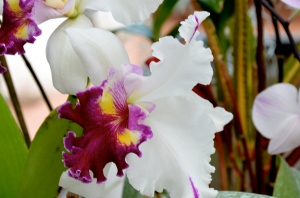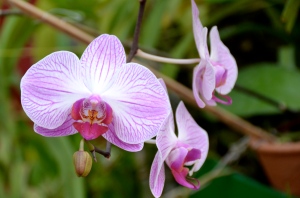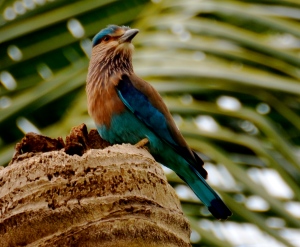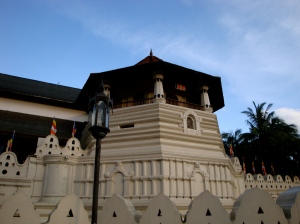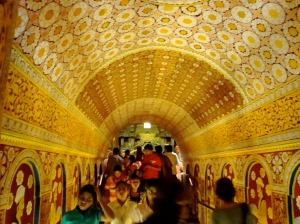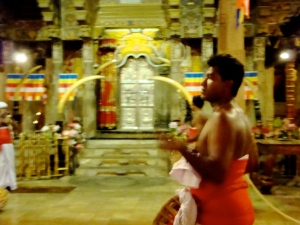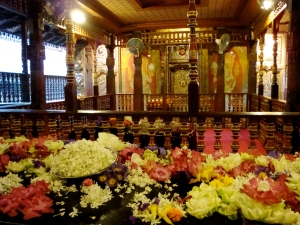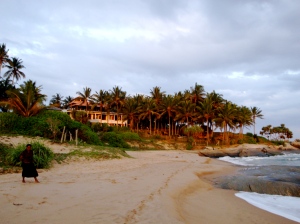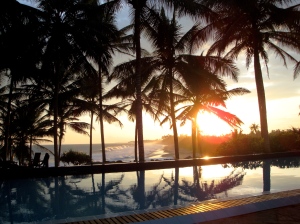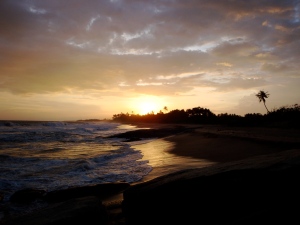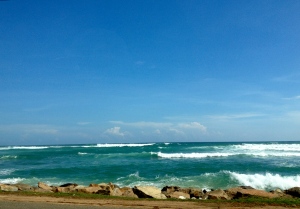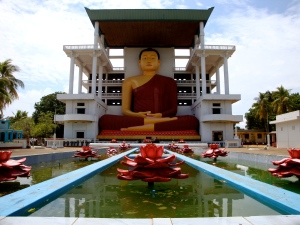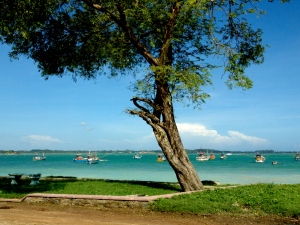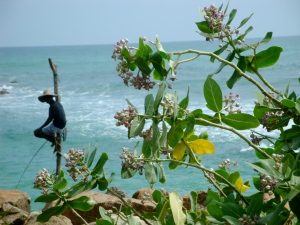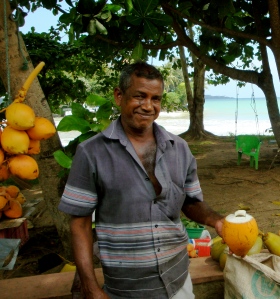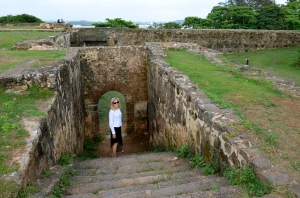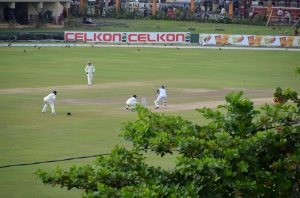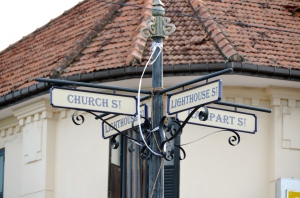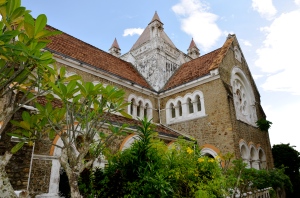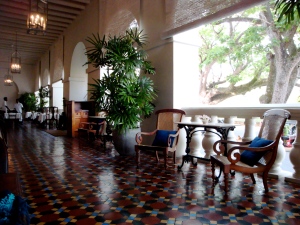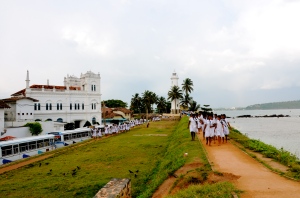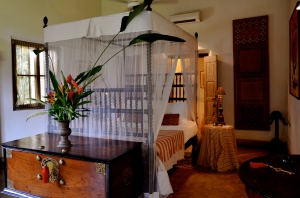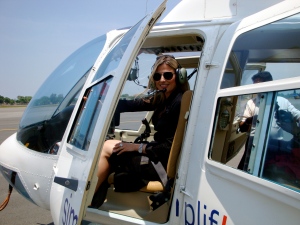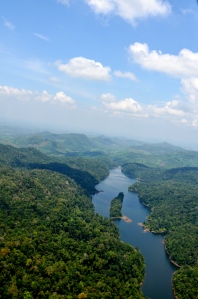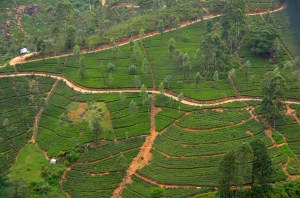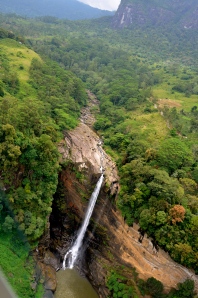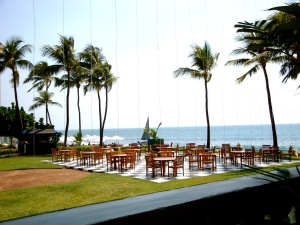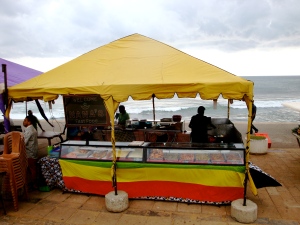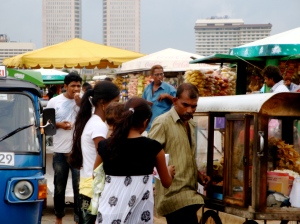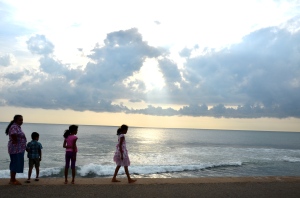The adage if you can’t say something nice, say nothing rings in my ears, especially as it pertains to travel and experiencing the unfamiliar, foreign or out-right weird. Conscientious travelers have a responsibility to be tolerant and non-judgmental. With that in mind, and coupled with the self-imposed obligation share the best of countries not my own, I shyly reveal 5 ways Sri Lanka nearly fatigued, squished-a-little my travel bug.
1. Oh the Driving
You need to hire a car and driver to expeditiously see the country, however rural road and one main highway meant 31 hours of car travel, my least favourite form of conveyance, to cover just 700 miles up, down, and around the country. Beyond the sheer volume of road time, there’s also the take your life in your hands adrenaline rush involved. With narrow lanes, road-hogging lorries, and high-speed overtakers, nothing prepares you for driving (or riding as a terrified passenger) in a country where head-on collisions seem inevitable, avoided only by a system of flashing lights, hand signals, and an unwritten code of driver decorum. My road weary travel partner asked on day five, “have we been in Sri Lanka this whole time?” You do know it’s an island, I replied, but I know what you mean!
2. Geckos, everywhere! Yes, I understand it’s a jungle out there. I understand geckos are harmless and necessary but tiny lizards in my shower, zipping around near my bed, and scurrying towards my luggage, in every hotel room, every day. Give me strength. No hitch-hiking reptiles allowed!
3. Disneyland-esque Entrance fees
I appreciate and accept there will be “foreigner” prices, I don’t expect them to equate to home-country prices. For example the towns and ancient ruins of Anuradhapura and Polonnaruwa both cost $25 per person and you’ll pay $30 per person for the joy of climbing Sigiriya rock. In comparison the entrance fee for the Grand Canyon is $25 for a 7-day pass (USA); $12 to visit Stonehenge (UK); $16 to see the Mona Lisa and the rest of the artwork in the Louvre (France). While fees seemed comparatively high, with that said, all worth it and far better value than Disney.
4. Hawkers
The convergence of touts in every spot likely to be crossed by a tourist which according to my Bradt guidebook, “unlike hawkers in other countries, at least they are trying to sell something.” However the steady stream of loosely labeled “vendors” who persistently intruded into my adventure uttering the oft-repeated phrase “it’s nothing to you” left me overwhelmed-at-times and exhausted. Particularly the “guides” and “helpers” at Sigiriya requesting compensation for their services, they should work in sales. Oh wait, they do, satisfied customers pictured here.
5. 5-Star Prices
People travel to parts of the world where they get the best value for their currency and although there are 5-star accommodations I didn’t the find the 5-star luxury, that I had come to expect in India for example. My pricing theories confirmed boarding my flight from Colombo where I bought a 500ml bottle of water for $1.97; I purchased the same exact bottle 2 hours later in Mumbai International for a mere .39 cents. In retrospect, maybe it’s India that needs to raise prices. Sometimes travel life is all about exchange rates!
Alright, time to make amends for any unintended harshness or unnecessary judgement by saying several wonderful about traveling in Sri Lanka.
I was glad to be among the first throngs of tourists to rediscover the country. It is beautiful and I’d go as far to say, Lord Buddha painted Ceylon in a palette of yellow and green with the vast country-side, specked with plantation style properties and gentrified land-owning farmers.
Plans are underway to build a new super-highway and maybe there will be another airport connecting the deep south coast with the rest of the country.
When I eventually return once the country there are two must do’s that I missed this trip:
1. Start an ascent of Adam’s Peak at 1:00am to reach the summit at dawn. The country’s holiest pilgrimage, you’ll find an indentation at the summit that Buddhists believe is the footprint of Gautama Buddha, Hindus believe is the sacred footprint of Lord Shiva, and Muslims insist, and Christians agree, is Adam’s footprint left when he was cast out of the Garden of Eden. A convergence of religions in amicable disagreement ~ and a spectacular view.
2. Stay at another Taprobane property. Having patronized the Dutch House which exudes excellence in abundance, I can not say enough about these wonderful boutique hotels.
~ 31st August 2013: Happy 2nd birthday to my blog-baby.
